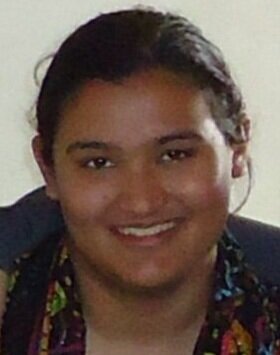Eliminating the most prevalent neglected tropical diseases (NTDs) from our planet is an ambitious goal. It requires commitment, patience, know-how and dedication: qualities that are also required to summit Mount Kilimanjaro. This summer, the END Fund together with dedicated visionaries, NTD experts, humanitarians and business entrepreneurs, will trek to the top of one of the world’s highest peaks while raising awareness and resources for the fight against NTDs as part of the organization’s initiative, Summit to See the END.
According to Sarah Marchal Murray, Senior Vice President of the END Fund, Summit to See the END came into fruition after a new board member and avid hiker joined the END Fund team this past summer. His combined passion for hiking and ending NTDs in children fueled the idea. In November, the END Fund turned this idea into a reality as they “soft launched” the project and started to spread the word amongst the END Fund community.
The ultimate goal of the journey is three-fold:
- to demonstrate the exhilaration that comes from tackling the 19,341 ft summit and draw the parallel in tackling NTDs,
- to raise awareness about NTDs and how they affect the most impoverished populations, and
- to mobilize crucial donations for the END Fund’s work in 2014 and beyond.
Hikers also pledge to reach out to their networks to help achieve these goals, in addition to making an initial individual commitment. After summiting Kilimanjaro, they will also participate in an NTD learning day where they’ll be able to see NTD control programs in action, interact with those closest to the cause, and meet members of a community affected by these debilitating and disfiguring diseases.
But the journey to the top of Mount Kilimanjaro is far more meaningful than a set of goals typed on a website. Sarah sees this trek as a life-changing and transformative journey that requires those involved to deliberately reflect on their own commitment to ending NTDs, as well as the lives of those suffering from these debilitating diseases.
Besides getting the body and mind in shape for the hike, the training process also provides the hikers with another way to connect with their families and communities and increase NTD awareness.
The END Fund hopes that the experience will leave a lasting impression, fueling the hiker’s engagement with the NTD cause and motivating each hiker to share their experiences with those close to them – further expanding the network and increasing awareness for NTDs.
“Providing our community with a link to the people we serve was important to us. We think the summit is symbolically significant: if each individual hiker comes home and shares with their networks and circles how it personally touches them, there’s a ripple effect,” Sarah explained. “While financial resources are imperative if the NTD community is going to reach our aims of control and eradication by 2020, there is great power in the amplification of our voices amongst each hiker’s personal circles.”
For hikers like Sarah, this experience is a very personal one. In a letter addressed to her friends and family, she explained why she is making the trek.
“Partially because of where my husband and I are lucky enough to live, we won’t have to worry about our daughter contracting one of the five disabling, debilitating and deadly diseases known as NTDs. A group of parasitic and bacterial infections, they affect nearly 800 million children and are the cause of death for over 500,000 people per year.”
“So [I am hiking] to prove to myself and my daughter that anything is possible.” In addition, she writes, “[I am hiking] so that the only worms I need to educate my daughter about live in the ground and not inside children her own age.”
Ultimately, like the fight to end NTDs, the preparation and hike up Mount Kilimanjaro is a marathon – not just a sprint.
“NTDs won’t be wiped off the planet this year,” Sarah said. But if we concentrate our efforts, join together with the growing international movement committed to seeing their END, and continue to push forward, “we can summit to see the END in our lifetimes.”
Learn more about the END Fund and Summit to See the END.





